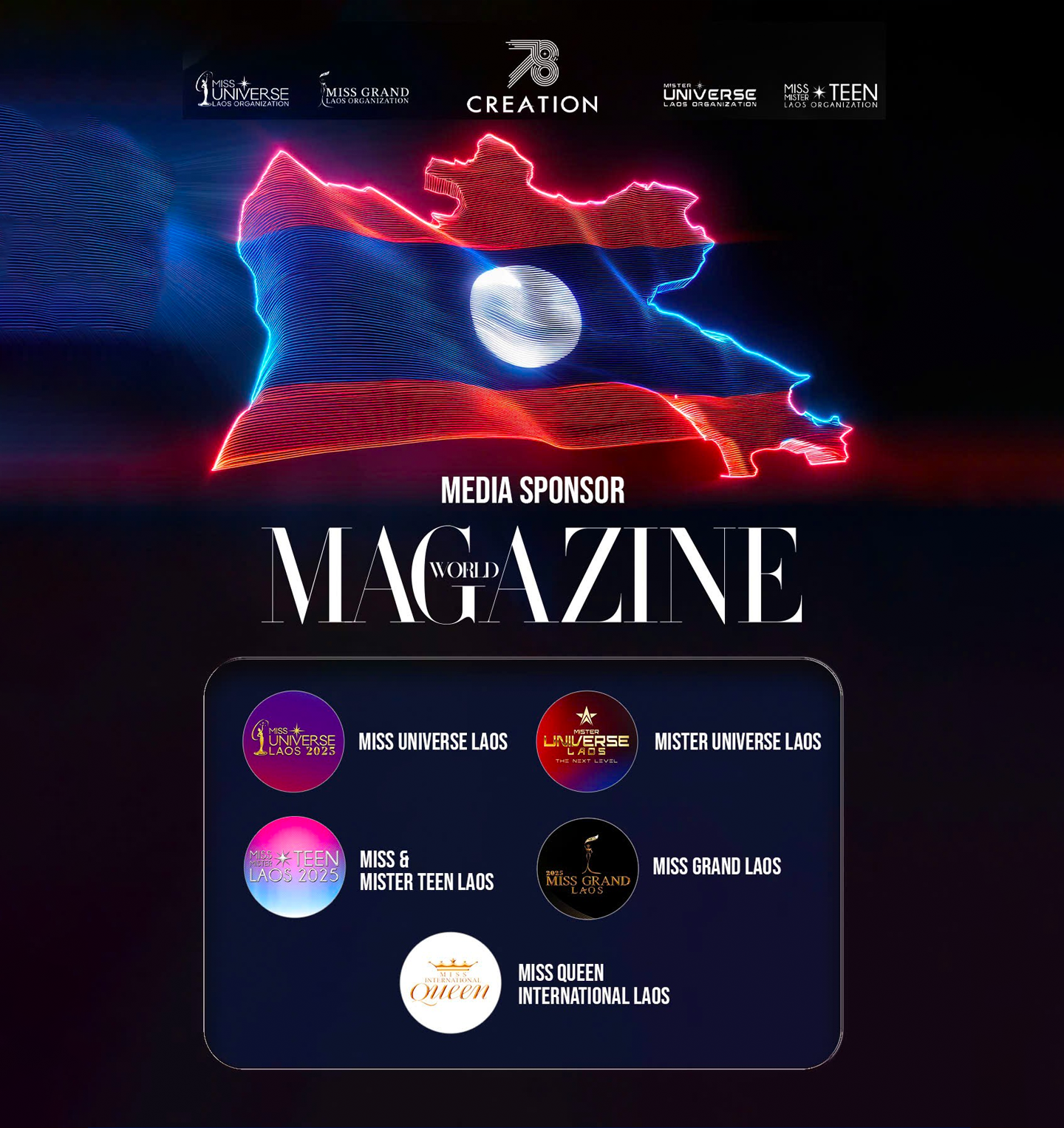Emerging design talents at Hong Kong Polytechnic University have created an inventive educational tool to help children grasp geometry through play. Presented at a high-profile school show, the spatial learning device combines modular forms, tactile interaction, and digital feedback—transforming abstract math into engaging hands‑on exploration. It’s a fresh take on STEAM education: smart, playful, and grounded in real spatial development.
Turning geometry into tangible learning
A group of students showcased a device that breaks down geometry concepts into physical building blocks. Rather than relying on flat diagrams or rote memorization, the system encourages tactile engagement: users assemble shapes, measure angles, and see how forms interconnect in 3D space. This learning-by-making approach bridges visual understanding with muscle memory, making geometry intuitive and explorative.
Educational feedback is embedded directly in the design through simple digital cues—lights that confirm correct alignments, sensors that respond to form changes—ensuring learners receive immediate, playful validation without losing focus on spatial reasoning. The result is a tool that balances analog playfulness with subtle digital reinforcement.
Design rooted in child-centered principles
The team’s approach centers around five learning needs: agency, sensory engagement, iterative feedback, spatial awareness, and creative expression. Each module is sized for small hands and crafted to interlock easily, allowing young learners to experiment freely while still encountering meaningful mathematical challenges. The intuitive nature of the pieces means that even first-time users can begin building and exploring within minutes.
Rather than prescribing correct solutions, the device invites children into a co‑learning process. Designs evolve through trial and adjustment: students learn not just shapes, but relationships—how changes in one angle or length ripple through an assembly. These embodied lessons help deepen comprehension beyond surface-level memorization.
From student exhibition to educational impact
Unveiled during the university’s annual school show, the project drew attention for its clarity of purpose and potential for curriculum integration. Reviewers praised the presentation as polished but approachable—proof that educational innovation can emerge from young designers with a clear mission: to make learning spatial thinking more inclusive, engaging, and playful.
The taxonomy of forms and real-time feedback system point toward potential scalability: the basic modules can be adapted for different age groups, lesson plans, and even classroom integration. Educators attending the exhibition noted how the hands-on geometry device could easily complement conventional teaching methods, making abstract forms more accessible through direct manipulation.
A glimpse at future learning tools
While still in prototype stage, the spatial learning device showcases the power of student-led invention in transforming education. By rethinking geometry as something children can touch, build, and experiment with, the design offers a fresh path toward deeper mathematical understanding. It hints at a future where digital and physical zones merge to support kinesthetic and cognitive engagement seamlessly.
Even beyond geometry, the principles underlying the project—modularity, feedback loops, open-ended play—suggest broader applications in STEAM. From architecture modeling to spatial narrative design, the student project points toward tools that don’t just teach content, but shape how children learn to think spatially, creatively, and collaboratively.
Emerging design talents at Hong Kong Polytechnic University have created an inventive educational tool to help children grasp geometry through play. Presented at a high-profile school show, the spatial learning device combines modular forms, tactile interaction, and digital feedback—transforming abstract math into engaging hands‑on exploration. It’s a fresh take on STEAM education: smart, playful, and grounded in real spatial development.
Turning geometry into tangible learning

A group of students showcased a device that breaks down geometry concepts into physical building blocks. Rather than relying on flat diagrams or rote memorization, the system encourages tactile engagement: users assemble shapes, measure angles, and see how forms interconnect in 3D space. This learning-by-making approach bridges visual understanding with muscle memory, making geometry intuitive and explorative.
Educational feedback is embedded directly in the design through simple digital cues—lights that confirm correct alignments, sensors that respond to form changes—ensuring learners receive immediate, playful validation without losing focus on spatial reasoning. The result is a tool that balances analog playfulness with subtle digital reinforcement.
Design rooted in child-centered principles
The team’s approach centers around five learning needs: agency, sensory engagement, iterative feedback, spatial awareness, and creative expression. Each module is sized for small hands and crafted to interlock easily, allowing young learners to experiment freely while still encountering meaningful mathematical challenges. The intuitive nature of the pieces means that even first-time users can begin building and exploring within minutes.
Rather than prescribing correct solutions, the device invites children into a co‑learning process. Designs evolve through trial and adjustment: students learn not just shapes, but relationships—how changes in one angle or length ripple through an assembly. These embodied lessons help deepen comprehension beyond surface-level memorization.
From student exhibition to educational impact
Unveiled during the university’s annual school show, the project drew attention for its clarity of purpose and potential for curriculum integration. Reviewers praised the presentation as polished but approachable—proof that educational innovation can emerge from young designers with a clear mission: to make learning spatial thinking more inclusive, engaging, and playful.
The taxonomy of forms and real-time feedback system point toward potential scalability: the basic modules can be adapted for different age groups, lesson plans, and even classroom integration. Educators attending the exhibition noted how the hands-on geometry device could easily complement conventional teaching methods, making abstract forms more accessible through direct manipulation.
A glimpse at future learning tools
While still in prototype stage, the spatial learning device showcases the power of student-led invention in transforming education. By rethinking geometry as something children can touch, build, and experiment with, the design offers a fresh path toward deeper mathematical understanding. It hints at a future where digital and physical zones merge to support kinesthetic and cognitive engagement seamlessly.
Even beyond geometry, the principles underlying the project—modularity, feedback loops, open-ended play—suggest broader applications in STEAM. From architecture modeling to spatial narrative design, the student project points toward tools that don’t just teach content, but shape how children learn to think spatially, creatively, and collaboratively.




